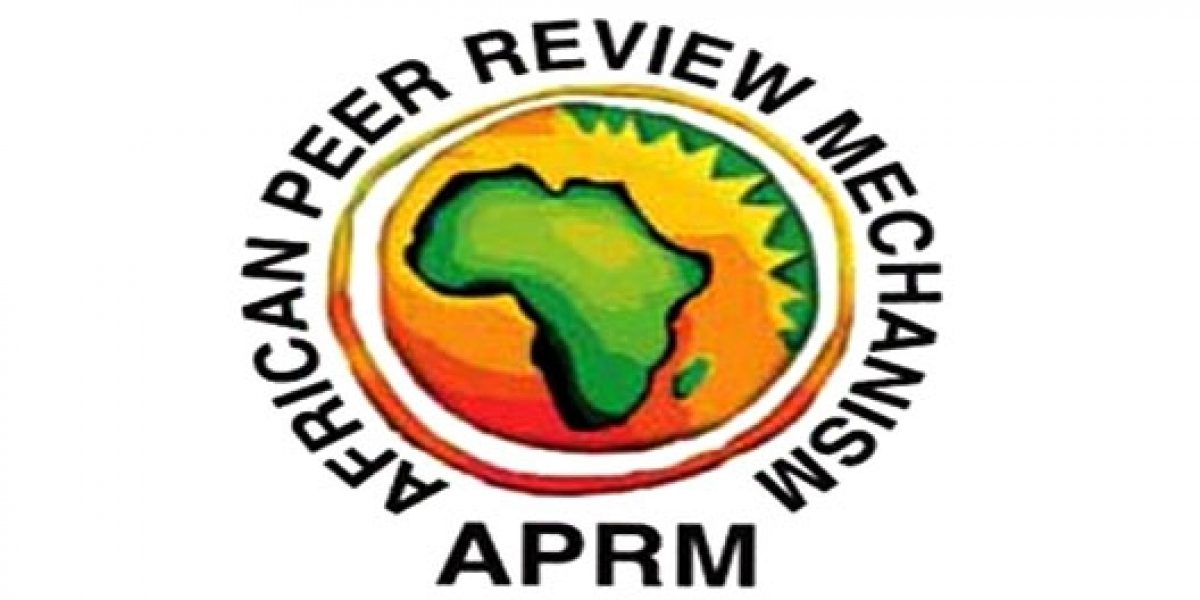Emerging from the 2001 New Partnership for Africa’s Development (NEPAD), the APRM, which began operating in 2003, is a voluntary instrument acceded to by African states to assess political, economic and corporate governance in their countries, identify best practices, diagnose deficiencies and propose remedies through a National Programme of Action (NPoA). The APRM is premised on the core principles of technical competence, credibility and freedom from political manipulation, and its primary purpose is to ‘foster the adoption of policies, standards and practices that lead to political stability, high economic growth, sustainable development and accelerated sub-regional and continental economic integration through sharing of experiences and reinforcement of successful and best practice, including identifying deficiencies and assessing the needs for capacity building’. The process involves an internal review (or Country Self-Assessment) based on research and wide public consultation, a Country Review Mission by African experts, and a high-level mutual review among the participating heads of state and government in the African Peer Review Forum (APR Forum). By the end of 2013, the APRM had been in existence for a decade, 33 of the AU’s 54 states had acceded, and 17 had successfully been through their first review and begun implementing their NPoAs.
This case study outlines the achievements, benefits and best practices of the APRM in its first 10 years of existence. It argues that the APRM offers many useful insights and important lessons related to intra-African SSC, knowledge exchange, capacity development and development effectiveness.








